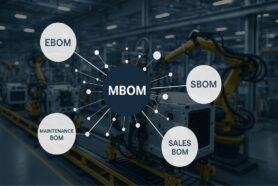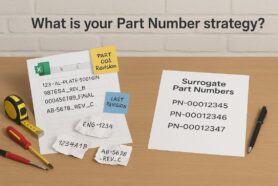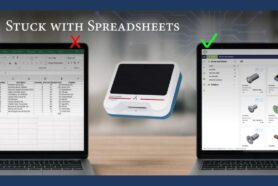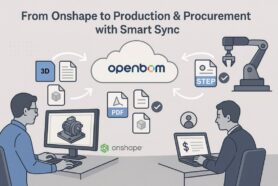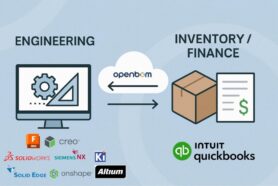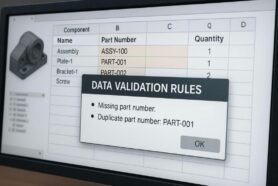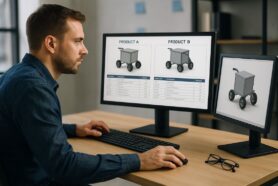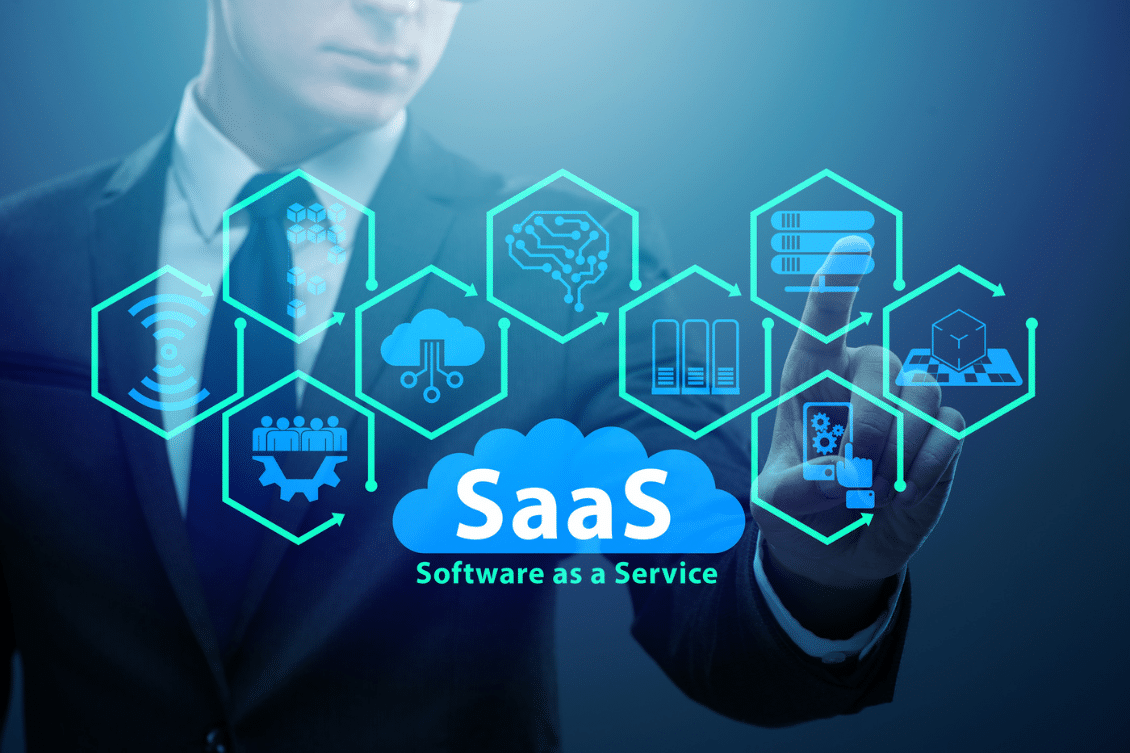
At OpenBOM we strive to simplify processes and to make your manufacturing and product data available to everyone. Since we feel that your product data should be available to everyone, we have chosen the concurrent licensing business model.
Often during the product development and manufacturing process, there are those who only need to pull data out of your system once a month, or maybe even once a quarter. For some other systems, this person would be considered a user and have a paid license. However, at OpenBOM, this user would not need to purchase their own license.
What are Concurrent Licenses?
Instead of named users where everyone has to have their own license in order to access the system, concurrent licenses are looking more at the team as a whole. A concurrent licensing business model sets the maximum number of users who can be simultaneously using the system at the same time.
For example, if your subscription is 5 concurrent licenses then you can have 5 users using the system at the same time. You can have 15 users, but only 5 of those 15 users can be using the system at the same time.
Advantages of Concurrent Licensing
At OpenBOM, our business model is concurrent licenses because it is a cost-effective solution to build a single source of truth. You don’t need to purchase a license for each person, they can log in when they need something and log out when they have finished what they needed to work on.
Here are some other advantages of a concurrent licensing business model.
- Unlimited Number of Named Users. With a concurrent licensing business model, you can have unlimited users. You just have a maximum number of users who can be logged into the system at the same time.
- Working with Different Time Zones. Like most companies now, your team is global. If your team is global then you can probably get away with a lower amount of concurrent licenses. The simple reason is that if you are in New York then you won’t be accessing the data at the same time as someone in Europe or Asia.
- Creates Flexibility. This business model also makes it simple to bring on new team members. If you are hiring a new employee or want to bring someone onto the system then they don’t need their own license.
How the concurrent licensing model works
One task you need to figure out is how many concurrent licenses you need before you purchase the system. To answer this question, you’ll need to ask a few questions. Here are some factors to consider when calculating the number of concurrent licenses.
Number of users
The most common step is to understand how many users need to have access to the system. At OpenBOM, the ratio we most commonly see is 3:1. So, if there are 3 users then we expect them to use 1 concurrent license. However, there are other factors that affect the number of concurrent licenses you need.
User Roles
In an organization, not all departments will be using OpenBOM for the same amount of time. For example, we see the engineering department to be the power users and using the system more frequently. Engineers rarely can use concurrent licenses if they are in the system a lot, therefore we recommend each engineer have a license, especially if they are managing files using Drive. If Drive is not in use, 1-2 engineers can share licenses to generate data for the downstream release process. Other departments, supply chain, production, operations, etc tend to have more users per concurrent licenses. We can see 3-8 users per concurrent license.
Multiple Locations
Not everyone will be needing to use the system at the same time. They might be in different time zones or need to access the data at different times. Understanding this information will also help you to understand how many concurrent licenses you need.
How Licensing Can Fit Your Business Processes
The last part to consider is what process will be used in OpenBOM. For example, if you use OpenBOM for your PDM systems and have 5 users. You’ll need 5 concurrent licenses.
Estimating How Many Licenses To Purchase
Before you start, you’ll need to understand a few things that we covered above. Our recommendation is to use roles and concurrence multipliers. For users that will be using the system all the time (eg. engineers), the concurrency multipliers will be x1. You can make a discount for teams working in different geographies. In such a way, someone located in China can use the same concurrent licenses with team members located in the United States.
For people that are using the system for BOM management, and revision control the concurrence multiplier can be x2. Such users will be sharing licenses. For people working on procurement, the concurrence multiplier will be x3 and for the rest of the team, the concurrence license multiplier can be even higher – x4-5.
Based on the above estimation you can easily calculate the desired number of concurrent licenses to purchase. For example for a company having 15 people with 5 engineers, 3 managers, 2 procurement persons, 3 project managers, and 2 sales, you will need to have 7-8 concurrent licenses. This all depends on the nature of their usage.
You might not know the exact number of concurrent licenses you need at first. The good news is that you can always purchase more at any time if you have users not able to log in.
Conclusion
OpenBOM has adopted concurrent licenses as an efficient way to create a mechanism that allows everyone in the company to access product information. We believe that everyone should have access to their manufacturing and product data, which makes everyone more productive and streamline company processes. We also don’t feel it’s in your best interest to purchase a license for each user because that adds a barrier to being able to view your data.
If you have more questions then please feel free to reach out to us.
Regards,
Jared Haw
Join our newsletter to receive a weekly portion of news, articles, and tips about OpenBOM and our community.


